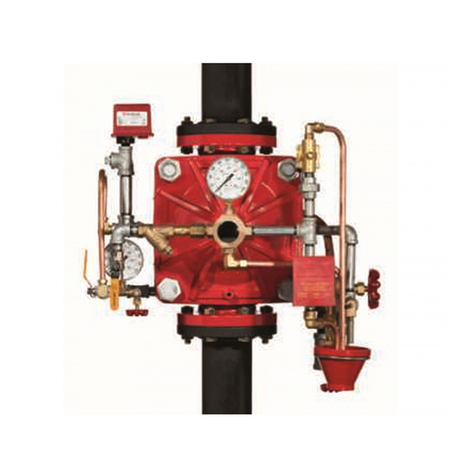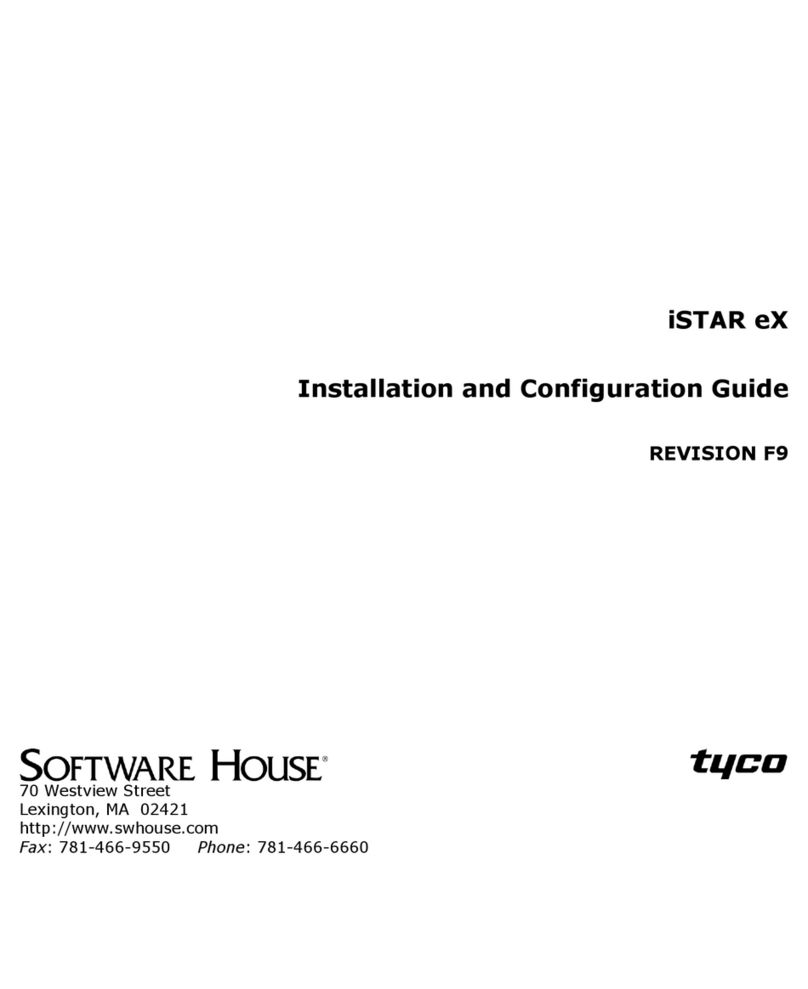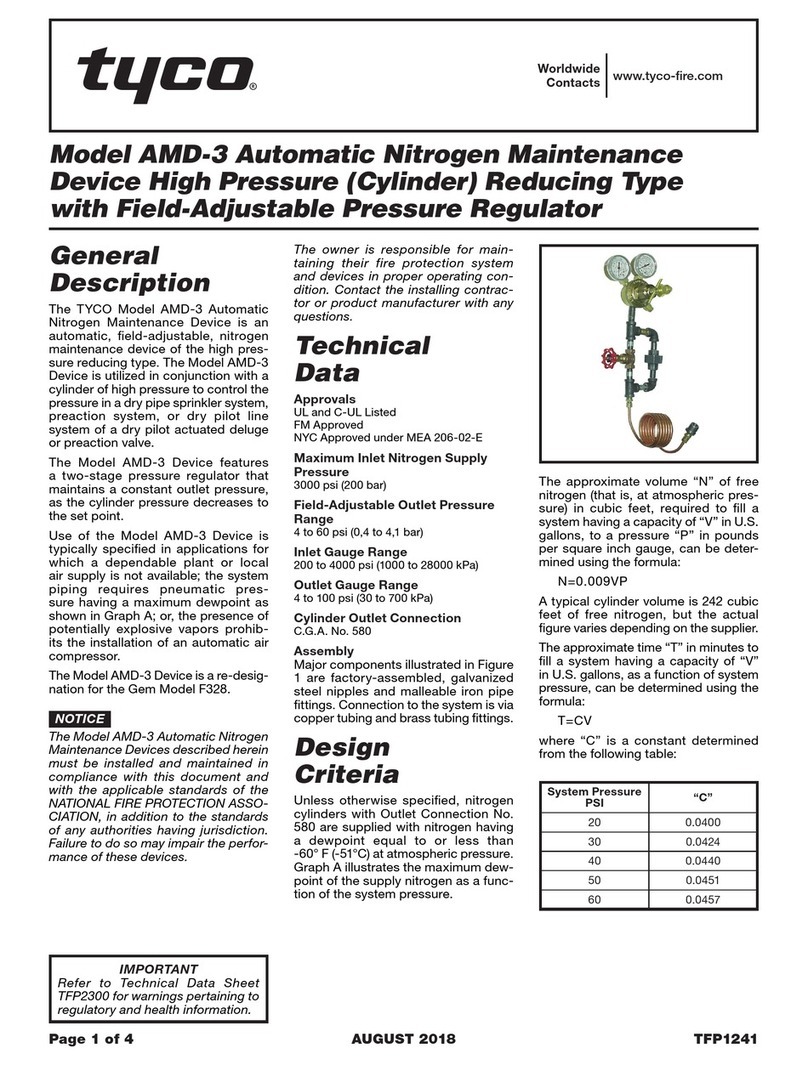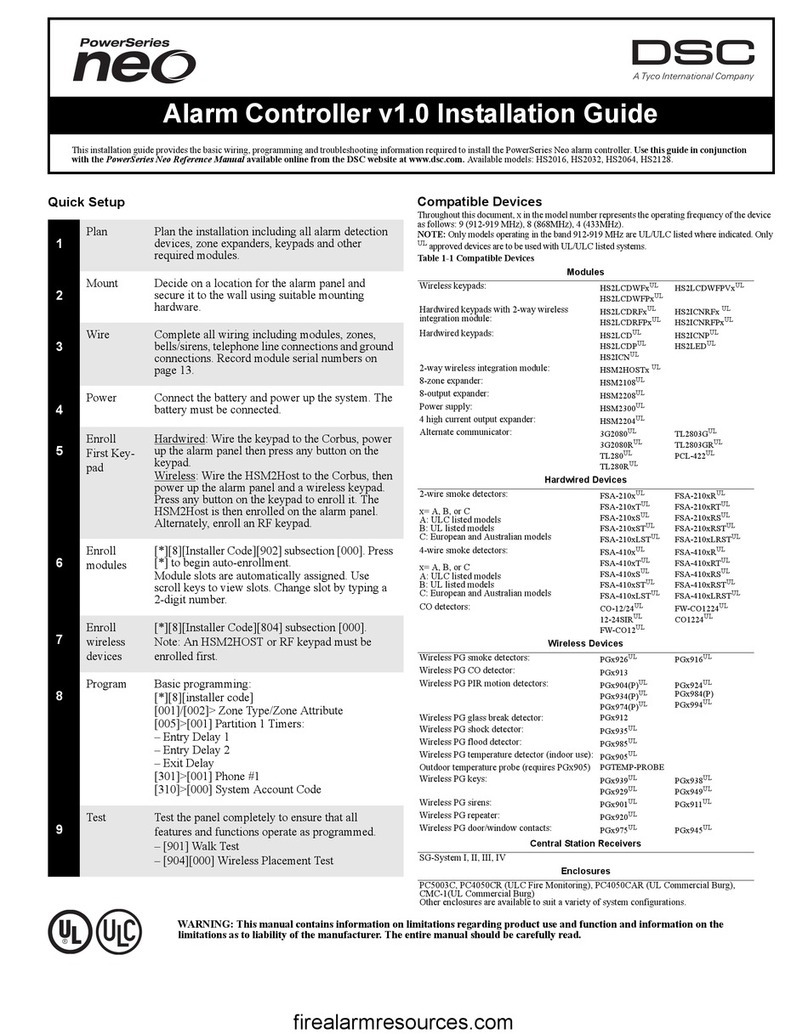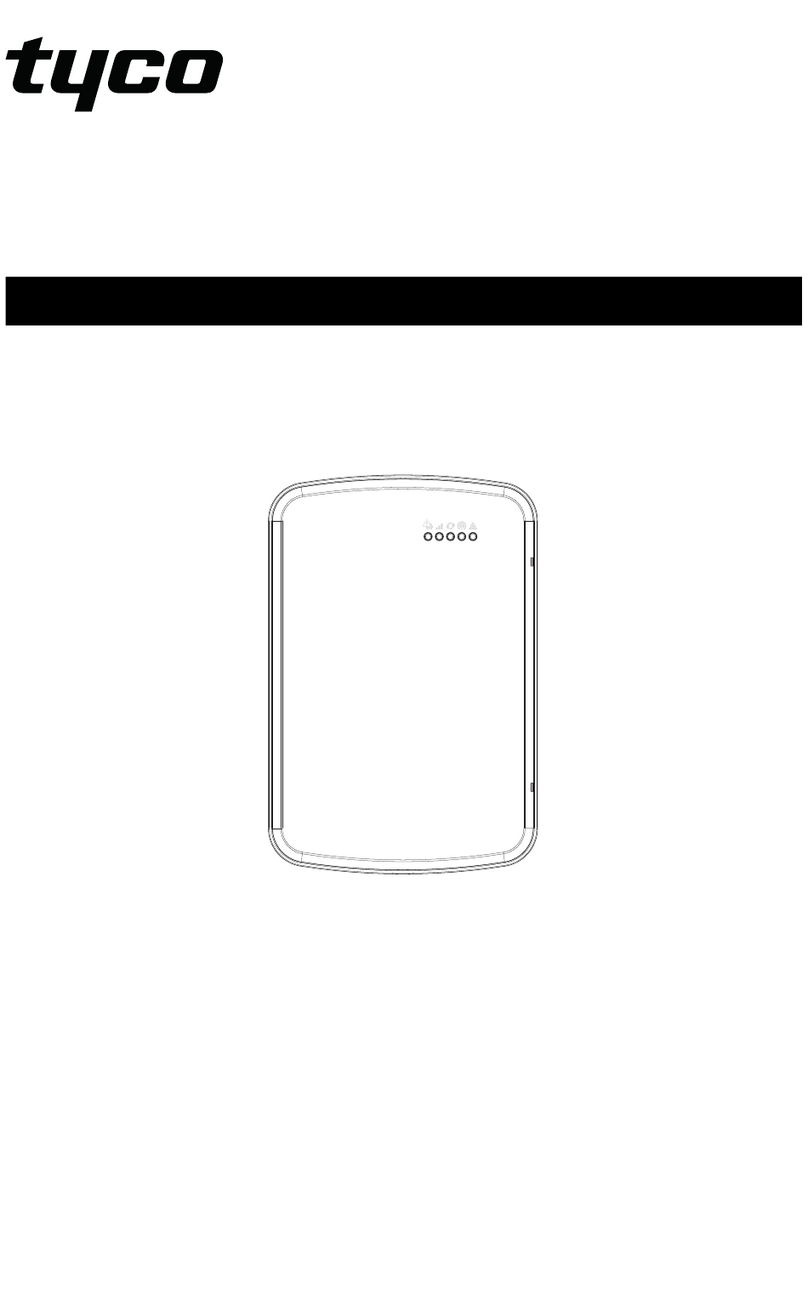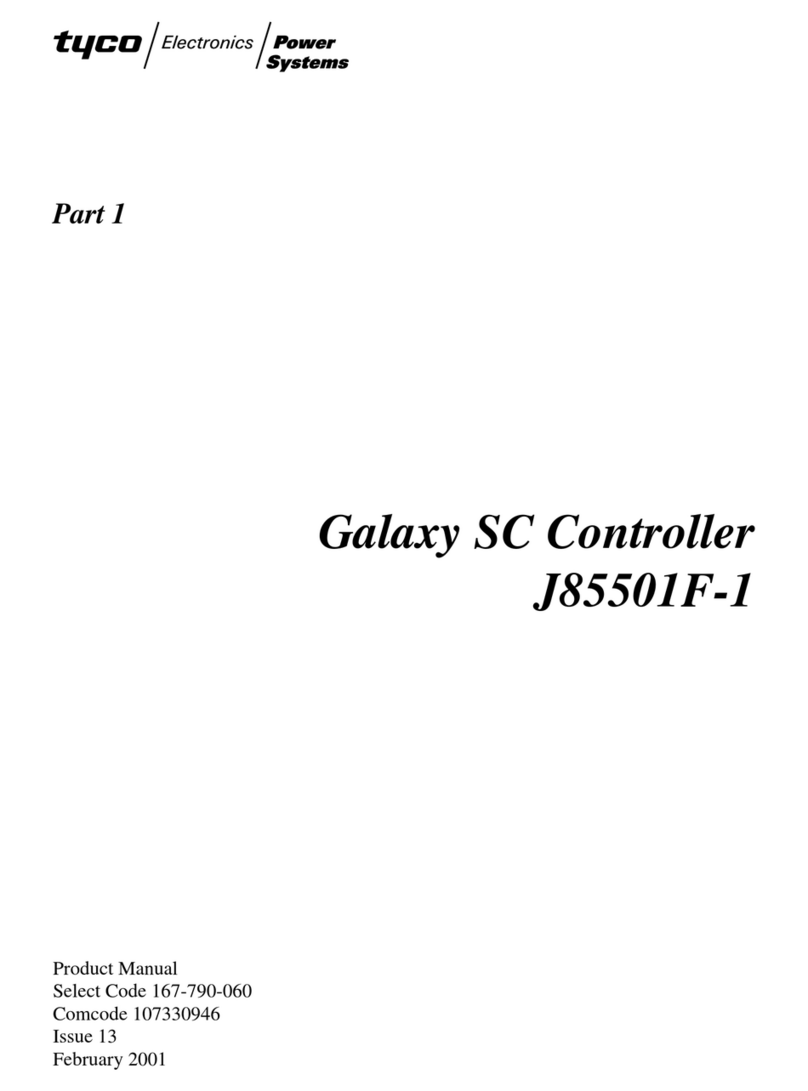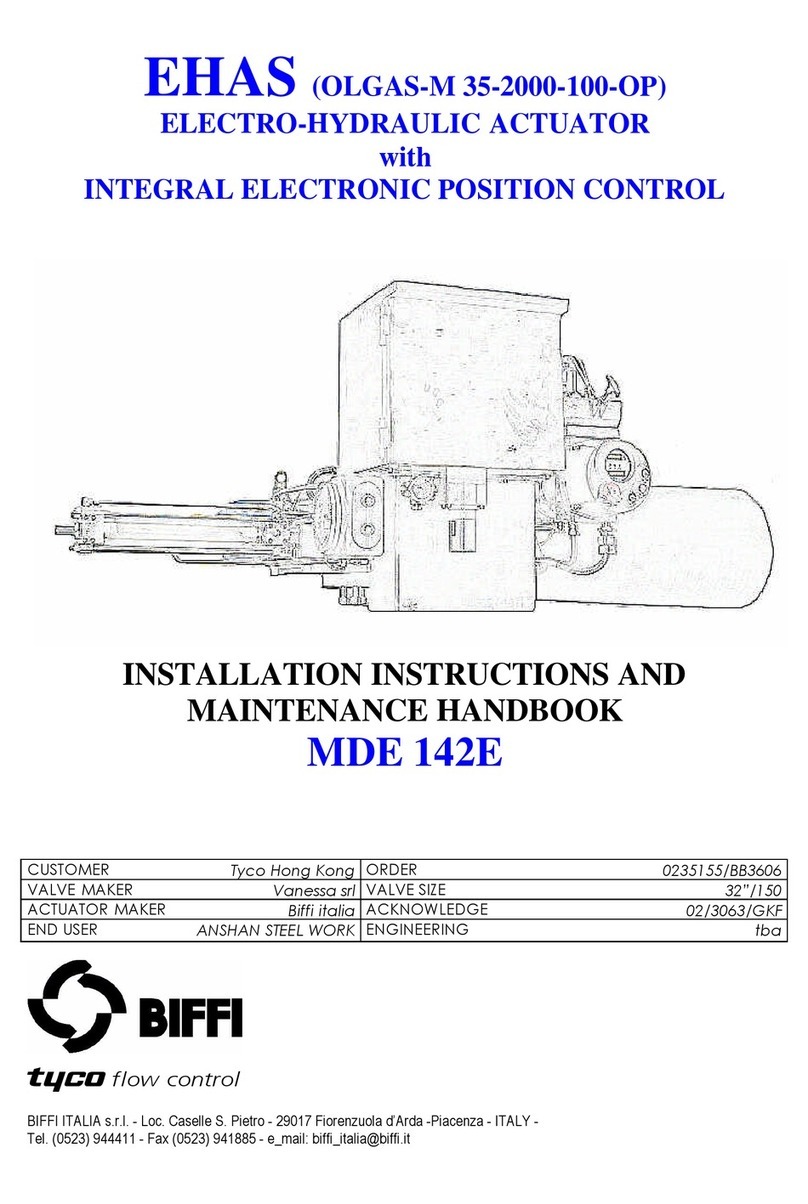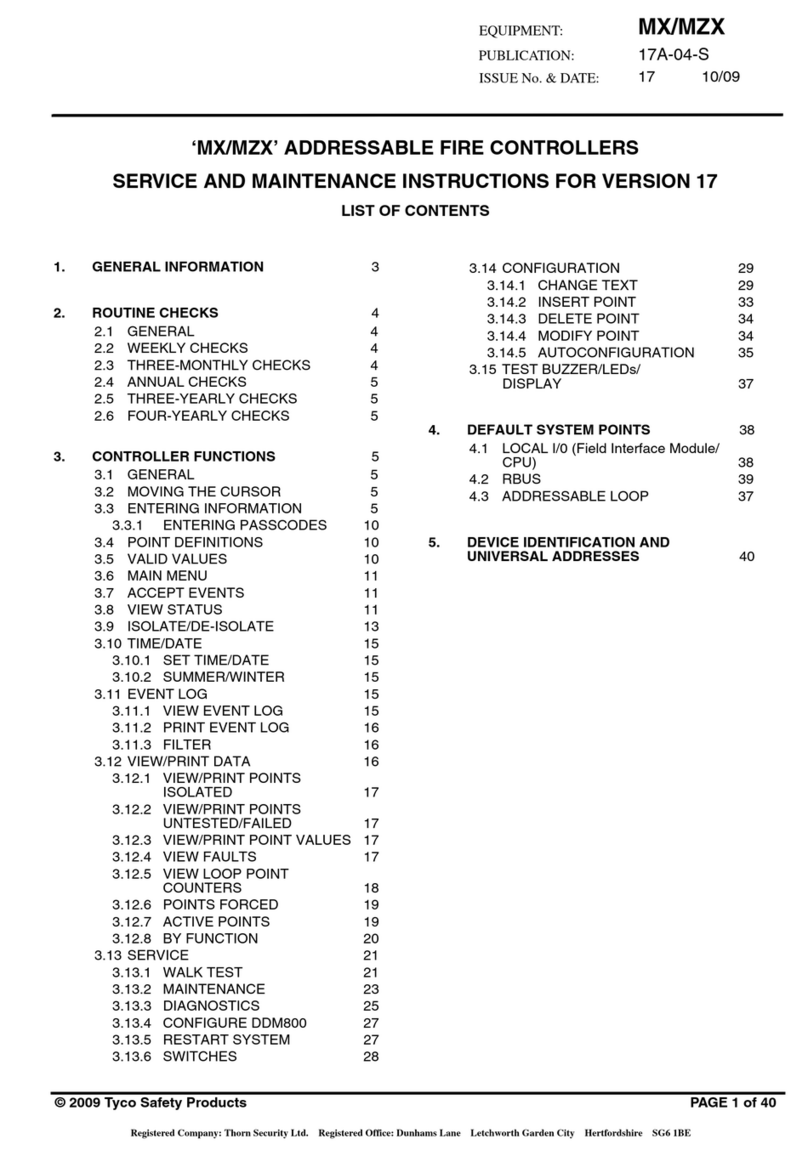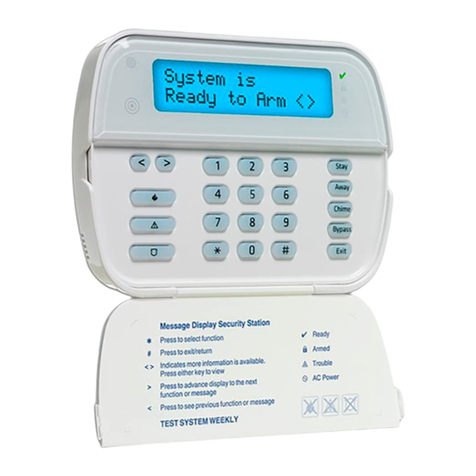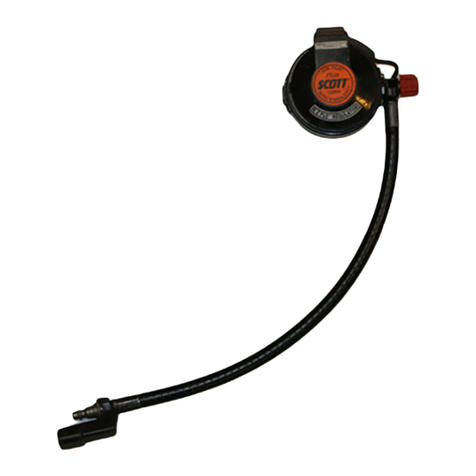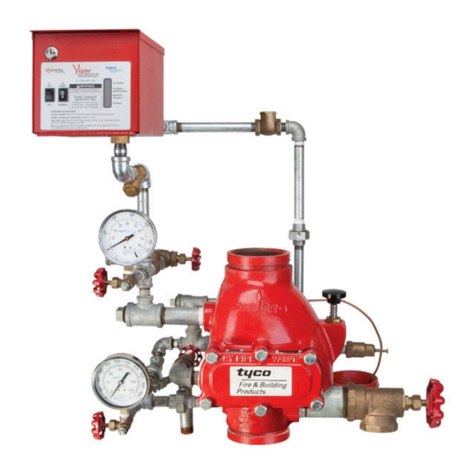
iSTAR eX General Controller Module (GCM)
1–5
16 position rotary switch to inhibit or allow ICU, control diagnostics that display on the
LCD, clear memory and restore factory defaults
Reset button to force a hardware reboot that erases RAM but does not cause loss of flashed
configuration parameters such as IP addresses—unless you select “restore factory default”
on the rotary switch at the same time you press the reset button.
iSTAR eX GCM LEDs
iSTAR LEDs on the GCM are labeled and indicate the following:
HEARTBEAT - The LED blinks rapidly while the board is waiting for a reboot following restore-factory-
default. Otherwise, the LED blinks slowly.
COM1-RX – RS 485 COM1 receive data
COM2-RX – RS 485 COM2 receive data
COM1-TX– RS 485 COM1 transmit data.
COM2-TX – RS 485 COM2 transmit data
RS232-RX – RS-232 (debug port) receive data
RS232-TX – RS-232 (debug port) transmit data
ETH1 TxRx – Ethernet 1 receive or transmit data
ETH2 TxRx – Ethernet 2 receive or transmit data
ETH1 100 – Carrier - Ethernet 1 is connected to a 10/100Base network
ETH2 100 – Carrier - Ethernet 2 is connected to a 10/100Base network
RELAY1– Relay 1 is energized
RELAY2 – Relay 2 is energized
RELAY3 – Relay 3 is energized
RELAY4 – Relay 4 is energized
OC 1 – Open collector output 1 is energized
OC 2 – Open collector output 2 is energized
OC 3 – Open collector output 3 is energized
OC 4 – Open collector output 4 is energized
SPI ACTIVE – GCM is transferring data over the SPI bus
PWR – Power is applied to the GCM board


